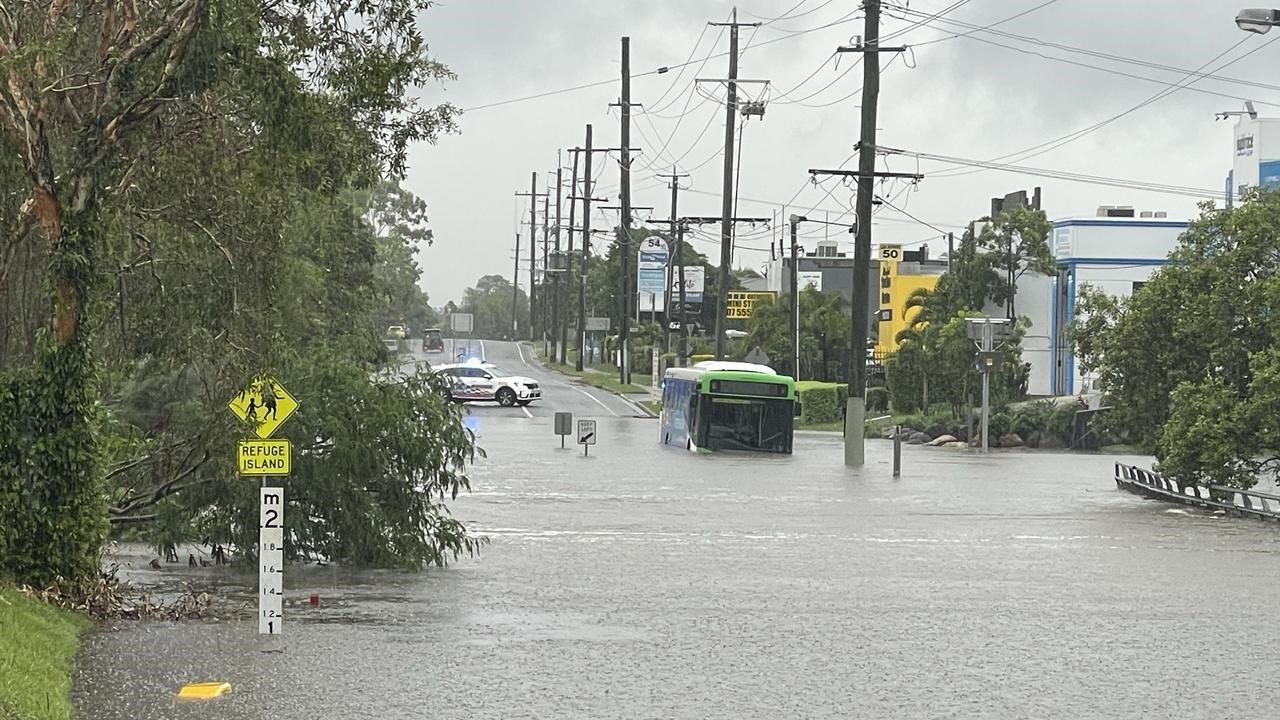
Stay Up To Date
Subscribe to our newsletter to stay informed on the latest town planning news in South East Queensland.

Subscribe to our newsletter to stay informed on the latest town planning news in South East Queensland.

Flooding is a major consideration for property owners and developers on the Gold Coast. With a mix of coastal areas, river networks, and low-lying land, the city is vulnerable to flooding from heavy rainfall, storm surges, and rising sea levels. Understanding how flood risks impact development and what planning controls are in place is essential for anyone looking to build or invest in the region.

Flooding can occur in a few different ways across the city:
Local planning regulations play a key role in ensuring that development is safe and sustainable within the city.

The Gold Coast City Plan sets out clear rules to reduce flood risk in new developments and ensure future resilience. Some of the key measures include:

If you own property or are considering a development in a flood-prone area, it’s important to understand the planning controls that apply. Failure to comply with flood regulations can lead to costly delays, redesigns, or even refusal of your development application.
Engaging a town planner early in the process can help you navigate these requirements and find solutions that meet both your project goals and council regulations.
Final Thoughts
Flood risk is an unavoidable part of developing on the Gold Coast, but with the right planning approach, it doesn’t have to be a deal-breaker. The Gold Coast City Plan provides a framework to ensure safe and sustainable development in flood-affected areas. Whether you’re looking to build, renovate, or invest, understanding how these rules apply to your property can save you time, money, and potential headaches down the track.
If you need tailored advice on how flood regulations impact your development, get in touch. As a local town planning expert, I can help you make informed decisions and ensure your project aligns with council requirements.